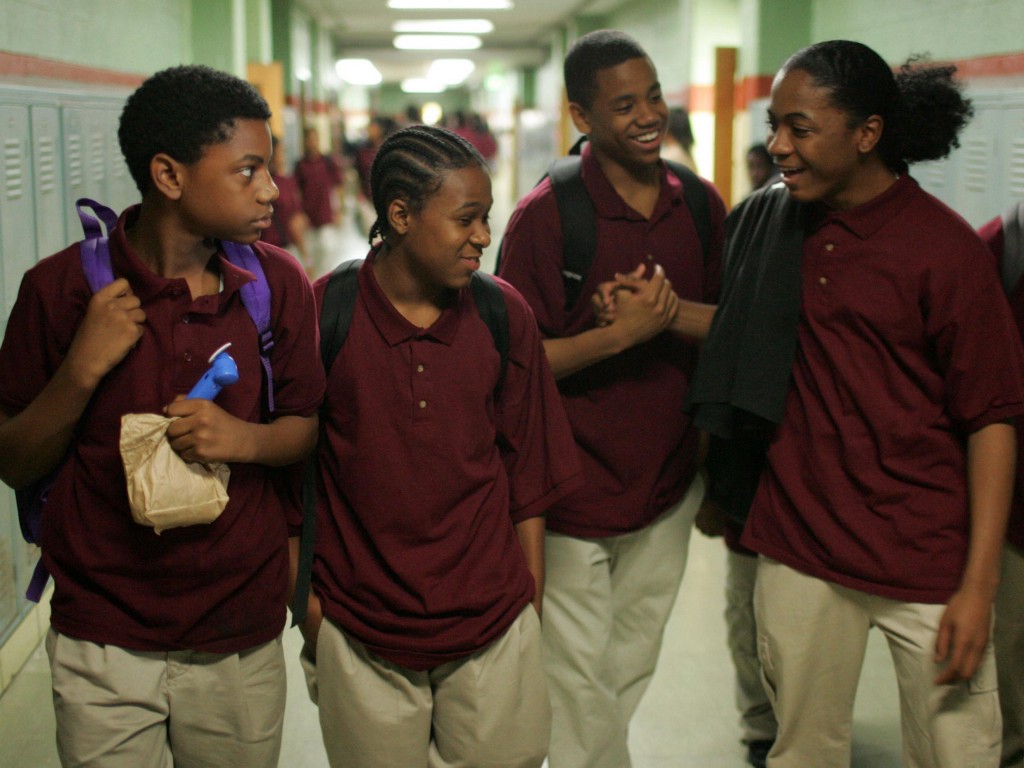The Real Problem With Public School Has Nothing To Do With Public School
A person responsible for your kids’ tests acknowledges that tests can’t fix what poverty broke

There was so much news this week that you’d be forgiven for missing Diane Ravitch’s startling piece in the New York Times in which she admits that, as a high-ranking Bush administration official, she was wrong about what plagues education. She thought that mandating lots of new tests and a Common Core would spur student achievement. First she realized that the battery of tests hurt kids without measuring anything except how rich their parents are, and now she realizes that national standards have cost a huge amount of money without helping much either.
Instead, she says flatly,
it seems clear that the pursuit of a national curriculum is yet another excuse to avoid making serious efforts to reduce the main causes of low student achievement: poverty and racial segregation.
That is a remarkable admission from someone like her, that the most fundamental problem with public education in America isn’t teachers’ unions or lazy kids who don’t want to learn. It’s that huge numbers of schoolchildren are low-income. As the Washington Post reported back in 2013, in some states, public school populations were already majority poor, and the problem looked like it would only get worse.
until school reform puts alleviating some of the effects of living in poverty into their school improvement plans, they will be doomed to fail, because blaming ineffective teachers (of which there are, for sure, many), and low expectations (of which there are, certainly, many), and low standards (of which there have been) and dysfunctional parents (of which there are many) will simply not do anything to help kids who are hungry, sick, tired and stressed to learn how to multiply and divide. [ed note: emphasis mine]
Kids who live in homes without books or with parents with little education are behind academically from the day they set foot in a school, whatever their age. Piling one high-stakes standardized test after another on them to measure their academic progress, and their teachers’ value, and their principals’ worth, is counterproductive.
Several years later, Ravitch agrees.
Standardized tests are best at measuring family income. Well-off students usually score in the top half of results; students from poor homes usually score in the bottom. The quest to “close achievement gaps” is vain indeed when the measure of achievement is a test based on a statistical norm. If we awarded driver’s licenses based on standardized tests, half the adults in this country might never receive one.
You can’t make kids’ schools better without first making kids’ lives better. Not on a large scale. And addressing poverty means dismantling segregation. Does anyone have an idea for how to do that? Well, I mean, anyone besides Josh Michtom.
There Is Something Well-Meaning White People Can Do, But You May Not Like It
While we work on that intractable problem, there are some things we could do to make the experience of public education less disheartening and perhaps also more effective. Ravitch argues:
Those billions [spent on Common Core] would have been better spent to reduce class sizes, especially in struggling schools, to restore arts and physical education classes, to rebuild physically crumbling schools, and to provide universal early childhood education.
That booming sound you hear is masses of educators and administrators and David Simon all banging their heads against the wall, because they’ve been saying that for probably decades by now and it’s nice that Ravitch has joined them, but couldn’t she have come to this realization when she actually had a position of prominence and the means to make change?
Oh well. Better late than never, I guess.
When the thing test scores most reliably tell you is how much money the test-taker’s family has, then yes, it’s time to throw out both the tests and the obsessive focus on them, and to instead bring back art and phys ed, to reduce class sizes, to get kids learning earlier and to make schools pleasanter places in which to learn. But the larger lesson can’t be overlooked: the effects of poverty and segregation hold children back, and children can’t advance without efforts to address those larger systemic problems.
Support The Billfold
The Billfold continues to exist thanks to support from our readers. Help us continue to do our work by making a monthly pledge on Patreon or a one-time-only contribution through PayPal.
Comments